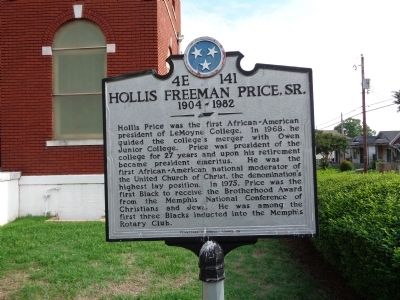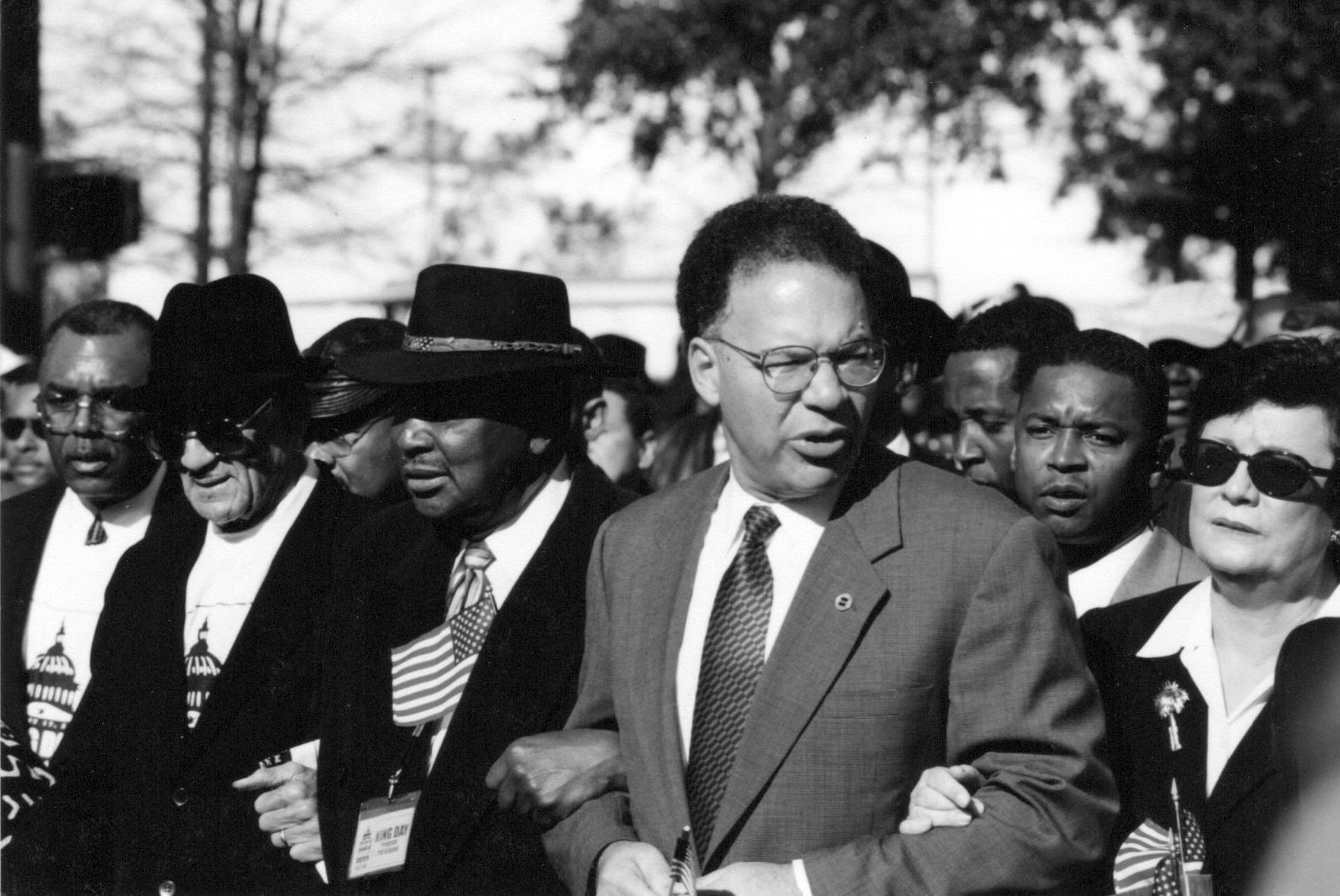Toni Vaz, Stuntwoman and Founder of N.A.A.C.P. Image Awards, Dies at 101
She created a program to honor Black artistic success in the 1960s. But she spent decades trying to get its organizers to recognize her role.

Toni Vaz, who cut a path as one of the first Black stuntwomen in Hollywood, with appearances in more than 50 movies, and then created the N.A.A.C.P. Image Awards to recognize the often unsung work of Black writers and performers, died on Oct. 4 in Los Angeles. She was 101.
Cheryl Abbott, her great-niece, said her death, at a retirement home for actors in the Woodland Hills neighborhood, was caused by congestive heart failure.
The notion of a Black stunt performer did not really exist when Ms. Vaz began her career in the 1950s — she and others were officially cast as extras, received no training, and often did not know what dangers they might face on a set until the cameras began to roll.
During the filming of “Porgy and Bess” (1959), Ms. Vaz was instructed to lean out a window to catch a glimpse of two of the film’s stars, Sammy Davis Jr. and Sidney Poitier. Unbeknown to her, a carpenter had purposely weakened the railing; it broke as soon as she leaned on it, sending her falling several feet onto a mattress.
Advertisement
Shaken, she was handed a shot of brandy to recover.
Throughout her career, Ms. Vaz played a critical part in support of Black actresses like Eartha Kitt, Cicely Tyson and Juanita Moore as they began to break out of the racially stereotyped roles that had long been their only options in Hollywood.
But she and other Black stunt performers were typically paid less than their white counterparts for the same work. Standing in for Ms. Moore in a scene for “The Singing Nun” (1966), she and a white stuntwoman were directed to crash a jeep; Ms. Vaz got $40, she told the interviewer Amie Jo Greer in 2010, while the white performer got $350.
Ms. Vaz joined the Hollywood branch of the N.A.A.C.P. in 1962, shortly after it opened. Five years later, she was asked to come up with fund-raising ideas. She suggested an awards show honoring Black artists, similar to the Oscars. She called it the Image Awards.
Get the best of The Times in your inbox
A round-up of the best stories personalized to you.
Stories handpicked by our editors, just for you.
Catch up on the biggest news, and wind down to end your day.
“In those days, the jobs Black people got were playing maids, hookers, Aunt Jemimas. That upset me,” she told The Hollywood Reporter in 2019. “We can play attorneys and doctors. So I thought, why don’t we change that image?”
The first awards were presented in 1967 at the International Ballroom of the Beverly Hills Hilton. Originally they went to television shows, not individual performers, as a way of acknowledging those that had broken the color barrier in a meaningful way; among the honorees were “Mission: Impossible,” “I Spy” and “Star Trek.”
Advertisement
Today the Image Awards are in their 56th year. They honor not just actors and actresses but novelists, poets and musicians as well; at the most recent awards, in March, Colman Domingo was named outstanding actor for his performance in the title role of “Rustin” (2023), about the civil rights leader Bayard Rustin, and Fantasia Barrino was named outstanding actress for the 2023 movie adaptation of the Alice Walker novel “The Color Purple.”
Adella Elitha Antonia Thomas was born on Dec. 11, 1922, in Manhattan. Her parents, Benjamin and Madona Thomas, were immigrants from Barbados, though her father soon returned to the island. A police officer, he was killed when she was 4.
Her mother worked in a factory and raised Toni and her three siblings. She ran a strict household, insisting that the children stay home, in Harlem, unless they were at church or in school.
After high school, Toni began working as a model for Brandford Models, the first agency to focus on Black women. The work was steady, she told Ms. Greer, but as a darker-skinned woman, she found the opportunities limited. In 1951, a friend encouraged her to try Los Angeles. She moved right away.
Her marriages to Francois Vaz and later to Wayne Ono both ended in divorce. Ms. Abbott, her great-niece, is her only survivor.
Ms. Vaz did not find overnight success in Hollywood. But one day a friend asked if she wanted to come with her and her husband to his audition for a part in a Tarzan movie. He didn’t get it, but one of the producers, seeing Ms. Vaz, asked her if she’d like a part.
Advertisement
“I said: ‘Work in a movie? Of course!’” she told Ms. Greer. “There was no training, no nothing. I had to learn everything as I went along.”
She was thrown into a shoot immediately. The director told her and a few other women to run, without telling them that a live lion would be behind them.
She was fine — the lion was well trained — and her career took off.
Black men did not have it much better as stunt performers, and in 1967 several of them joined with Ms. Vaz to found the Black Stuntmen’s Association.
Despite her central role in creating the Image Awards, Ms. Vaz found herself pushed aside as the program grew in scope and significance. Other people, often men, received credit instead.
“I was upset with them when I created the Image Awards and they weren’t giving me credit,” she told The Crisis, the magazine of the N.A.A.C.P., in 2021. “I was young at the time, and I was the quiet one, so I canceled out.”
Finally, in 2021, she received the Image Awards’ Founder’s Award, recognizing her as the creator of the program.
Advertisement
“I was going to write a book called ‘Stolen Dreams,’ but I don’t have to write that anymore,” she told The Crisis. “My dream came true.”
The N.A.A.C.P. isn’t the only organization to give Ms. Vaz late-life honors: In June the Hollywood Chamber of Commerce announced that her name will be added to the Walk of Fame next year.


